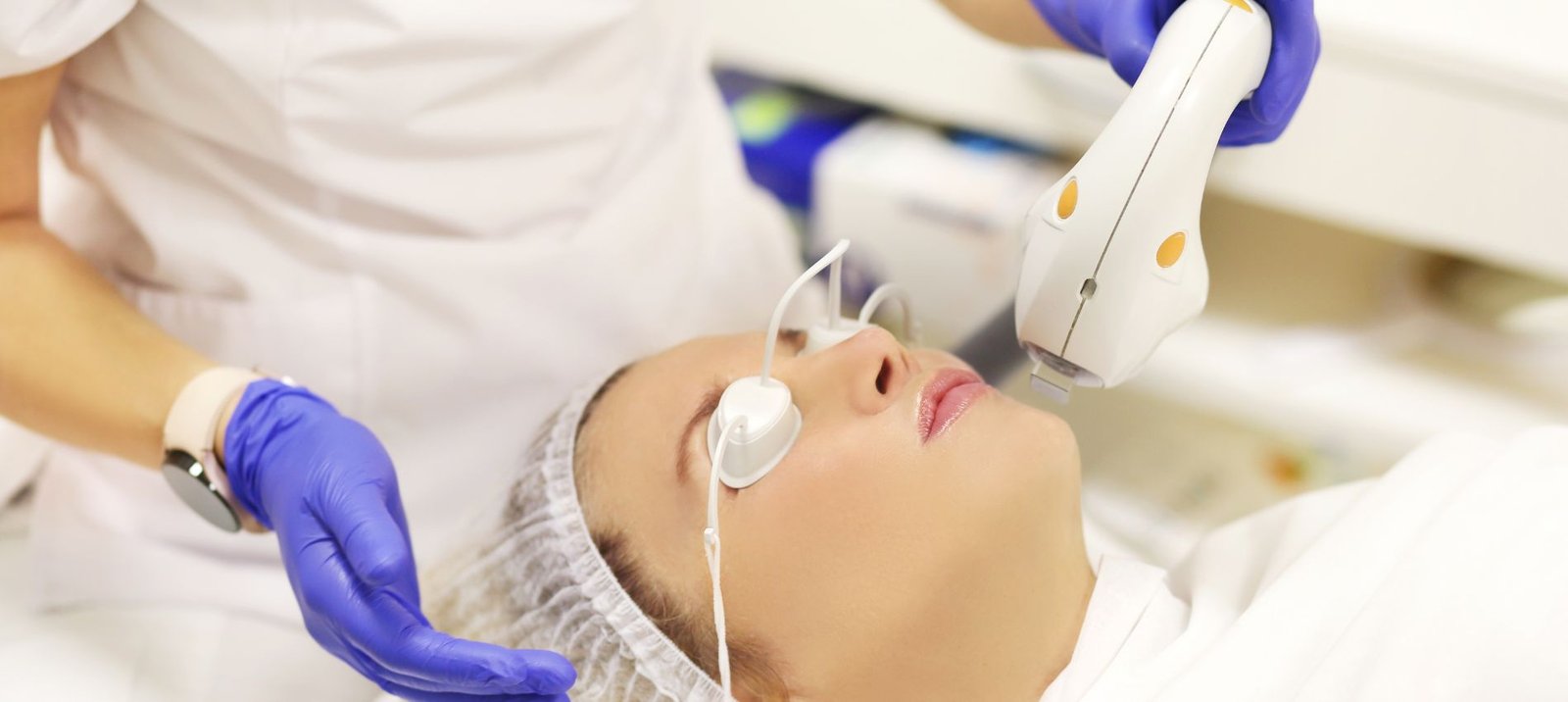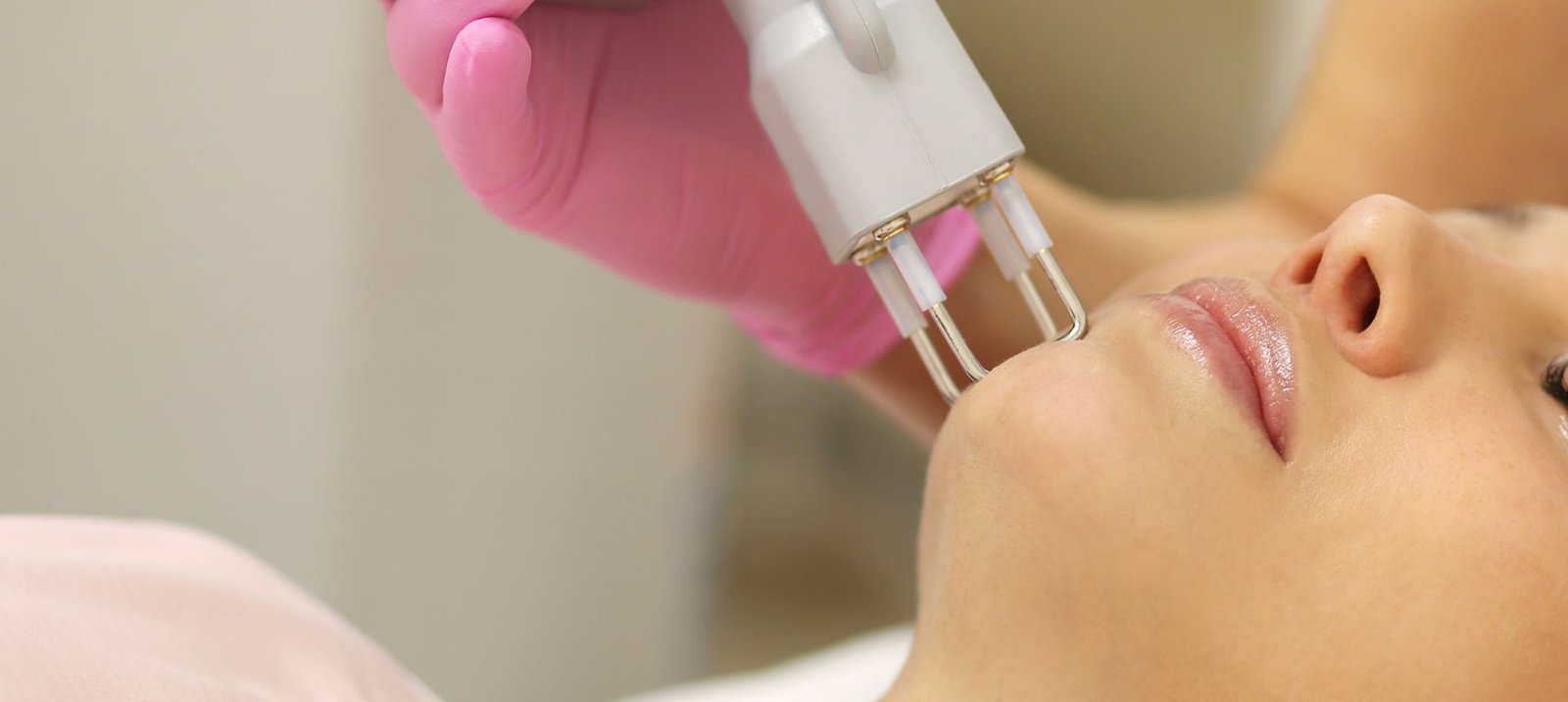What are the Different Types of Lasers for Melasma Treatments?
Are you struggling with stubborn melasma that won’t fade despite trying numerous skincare products? Melasma, a common form of hyperpigmentation, often appears on the face due to too much melanin production. It can be caused by hormonal change, sun exposure, and genetic factors, making it challenging to treat with creams alone. At Healia Medical Center Dubai, we offer advanced laser treatment designed to safely and effectively target melasma. With advanced technology, laser therapy has become a breakthrough solution for reducing pigmentation and achieving clearer, more even-toned skin.
In this article, we’ll explore the different laser treatment available for melasma, their benefits, potential drawbacks, and what you can expect from each procedure in Dubai.
Let’s get started.
Types of Melasma Laser Treatment in Dubai
1.Q-Switched Nd: YAG Laser
The Q-Switched Nd: YAG laser is one of the most commonly used treatments for melasma. It delivers short bursts of high-intensity light energy that target melanin deposits without damaging the surrounding skin. Benefits of Q-Switched Nd: YAG lasers are Effective in breaking down deep-seated pigmentation, Safe for various skin tones and have Minimal downtime
Drawbacks: Multiple sessions are required for optimal results and Potential risk of post-inflammatory hyperpigmentation (PIH) if not performed correctly
What to Expect: Patients typically require 6–10 sessions a few weeks apart. Swelling and mild redness may take place, but it can fade within one or two days.
2.Fractional CO2 Laser
A more aggressive procedure that stimulates the creation of collagen while removing the outermost layers of skin is fractional CO2 laser. Fractional CO2 laser is the most advanced resurfacing of the skin. It induces the synthesis of collagen and encourages the regeneration of cells by making microscopic cuts in the skin with a carbon dioxide laser. It can effectively treat deep pigmentation, acne scars, wrinkles, and uneven skin texture. Unlike the traditional CO2 lasers, this fractional approach allows parts of the skin to be left intact, which results in faster healing. It is very effective but has a longer recovery time than other lasers, causing redness and peeling for several days. It’s better for those who wish to see significant rejuvenation in the skin and longer-term improvement.
This treatment is perfect for the treatment of deep pigmentation, sun damage, and acne scars with pigmentation. It is aimed at helping to fade dark spots and improve skin texture to produce a more even and radiant complexion over time.
How Melasma Laser Treatment Works in Dubai
This laser causes micro-injuries in the skin, which encourage new cell creation and melanin regulation. People with persistent pigmentation and textural irregularities are ideal users of this.
Choosing the Right Laser Treatment
There is also the kind of laser to use. Based on skin types, pigmentation, and sensitivities, Healia Medical Center Dubai provides recommendations and prescriptions to their dermatologists. The dermatologists then determine which option best suits each patient’s needs.

Factors to Consider
Various factors need to be considered when choosing a laser treatment for melasma. The most obvious one is skin type. Specific lasers work better on fair or darker skin tones. The depth of pigmentation is also important to consider. Superficial pigmentation can be effectively treated with IPL or Q-Switched lasers, while deeper pigmentation may require more intense options like Fractional CO2 or Pico lasers. Additionally, you must consider your downtime preference. Individuals who prefer to have minimal recovery time would likely choose Pico or Q-Switched Nd: YAG lasers, whereas Fractional CO2 laser treatments require a longer healing period.
Post-laser care is crucial for achieving the best results and minimizing the risk of complications. Always use a broad-spectrum sunscreen with an SPF of 50 or higher to shield your skin from the sun and stop more pigmentation. To ensure proper skin healing, stay away from strong exfoliants and active chemicals like retinoids for a few days following the procedure. Keeping your skin well-moisturized is essential to support the healing process. Additionally, follow-up sessions may be necessary for some pigmentation concerns, as complete removal can take multiple treatments. These guidelines will help ensure smoother, more transparent skin and lasting results.
Aftercare and Maintenance
Post-laser care is crucial for achieving the best results and minimizing the risk of complications. Always use a broad-spectrum sunscreen with an SPF of 50 or higher to shield your skin from the sun and stop more pigmentation. To ensure proper skin healing, stay away from strong exfoliants and active chemicals like retinoids for a few days following the procedure. Keeping your skin well-moisturized is essential to support the healing process. Additionally, follow-up sessions may be necessary for some pigmentation concerns, as complete removal can take multiple treatments. These guidelines will help ensure smoother, more transparent skin and lasting results.

Why Healia Medical Center Dubai?
At Healia Medical Center Dubai, safety and satisfaction are the top priority for patients. Our clinic features advanced laser technology, and skilled dermatologists have tailored treatments for individual skin types. We apply international safety measures to ensure procedures are both practical and comfortable.
Benefits of Choosing Us:
Our experienced dermatologists specialize in advanced laser treatments, using the latest technology to safely and accurately remove all pigmentation. We tailor treatment programs to individual skin needs so that every person receives personalized attention. We also provide comprehensive aftercare. For example, giving guidance on how to maintain your skin clear and healthy after a procedure is carried out.
conclusion
At Healia Medical Centre Dubai, innovative laser treatment for pigmentation disorders can help you achieve clear, vibrant, and even-toned skin. Whether you have sunspots, freckles, or melasma, our state-of-the-art laser technology provides safe and efficient treatment solutions in Dubai that are customize to fit your unique skin type. Our well-trained staff will work to tailor your treatments for optimal results while prioritizing your comfort and safety.
We treat pigmentation at the source using advanced lasers at Healia Medical Centre. This helps to regain the natural glow and shine of your skin and now gives you an advantage with noticeable improvements by minimizing downtime for optimal results.
Say goodbye to patchy skin and hello to perfect skin with our proven laser treatments. Moreover, book your consultation today and take the first step toward healthier, more radiant skin with Healia Medical Center Dubai—where expert care meets advanced technology for the best aesthetic results.
If melasma or other forms of hyperpigmentation frustrate you, take action now. Contact Healia Medical Center in Dubai today for effective solutions.
FAQ
Yes, it’s possible to have uterine fibroids after menopause, as they can persist or develop due to hormonal fluctuations, though they typically shrink in size and cause fewer symptoms.
While rare due to low estrogen levels, fibroids can still develop during menopause. If you have any concerns about uterine fibroids and menopause, it’s essential to seek medical advice promptly.
Though rare, fibroids can develop in postmenopausal individuals, although the reason is unclear. However, if they do occur, symptoms are typically much milder or absent altogether compared to pre-menopause.
After menopause, fibroids typically stop developing and may even shrink as the ovaries stop producing estrogen and progesterone.
You can experience bleeding even after you’ve gone through menopause if you have fibroids. Seek medical advice if you experience unusual bleeding and have any concerns about menopause and fibroids.
Common medical treatment options for bleeding fibroids after menopause may include the use of birth control pills, hormone injections, or a hormone-releasing IUD (intra-uterine device). In some cases, surgery may be necessary to control bleeding or remove fibroids causing the issue.
